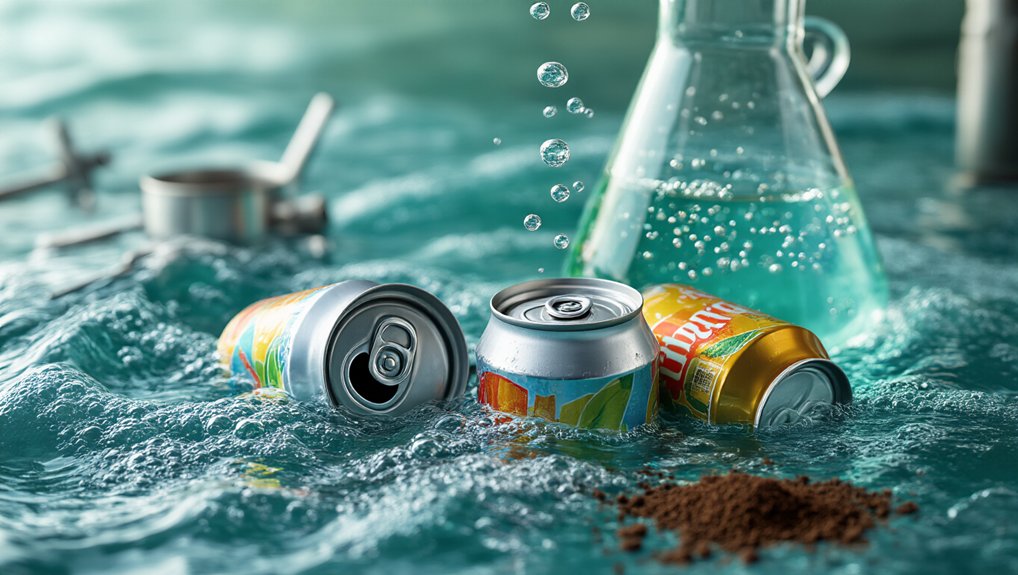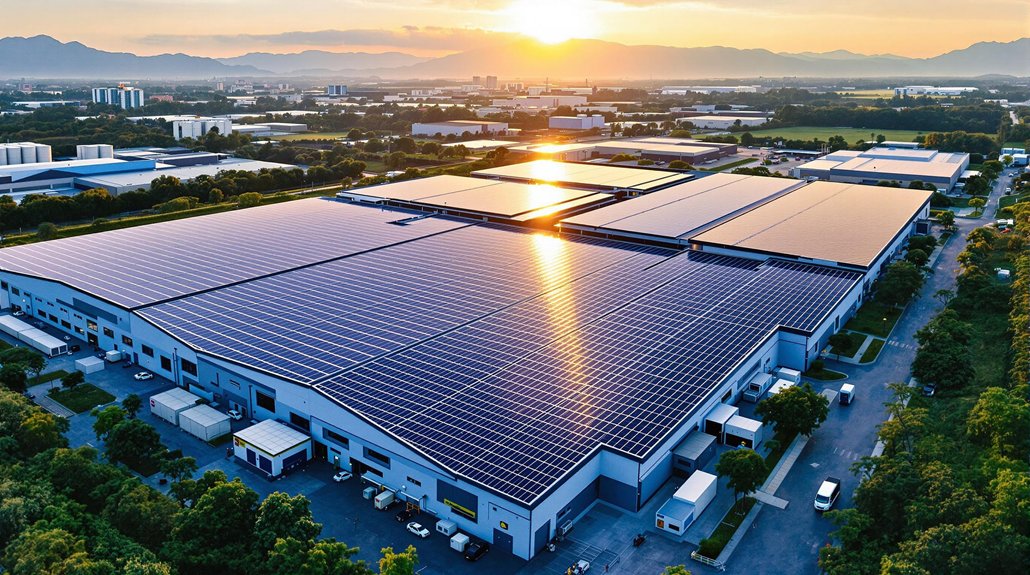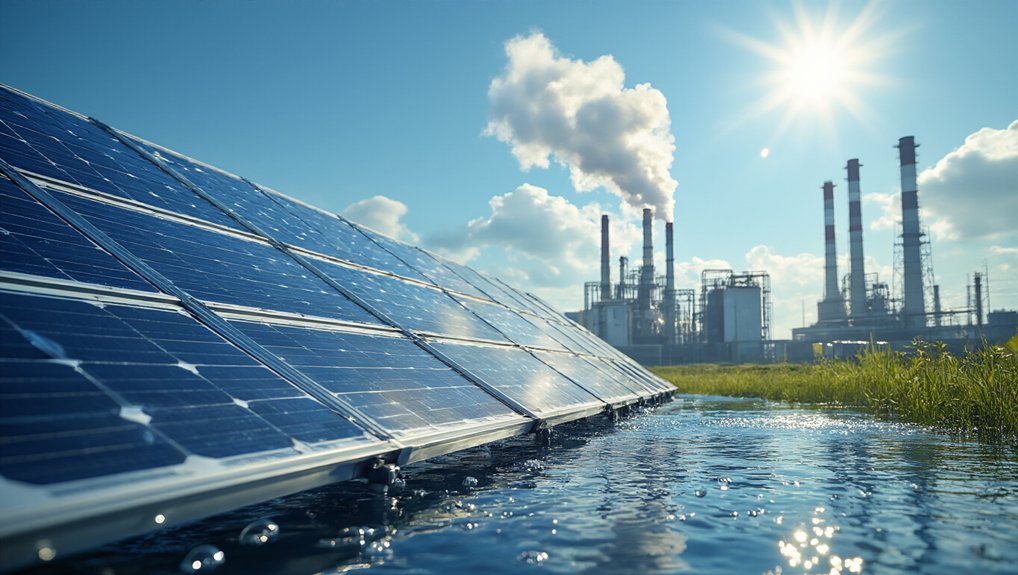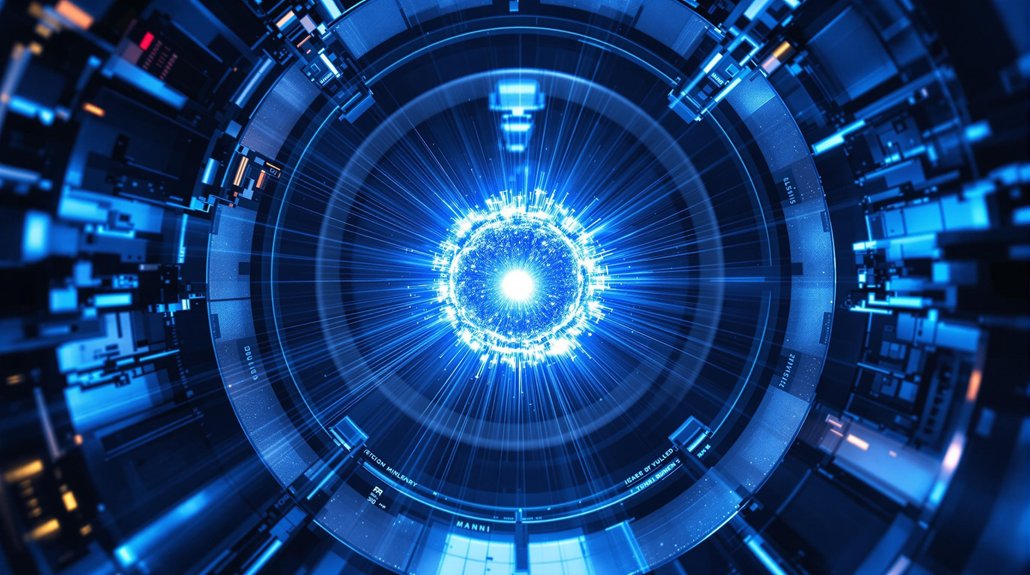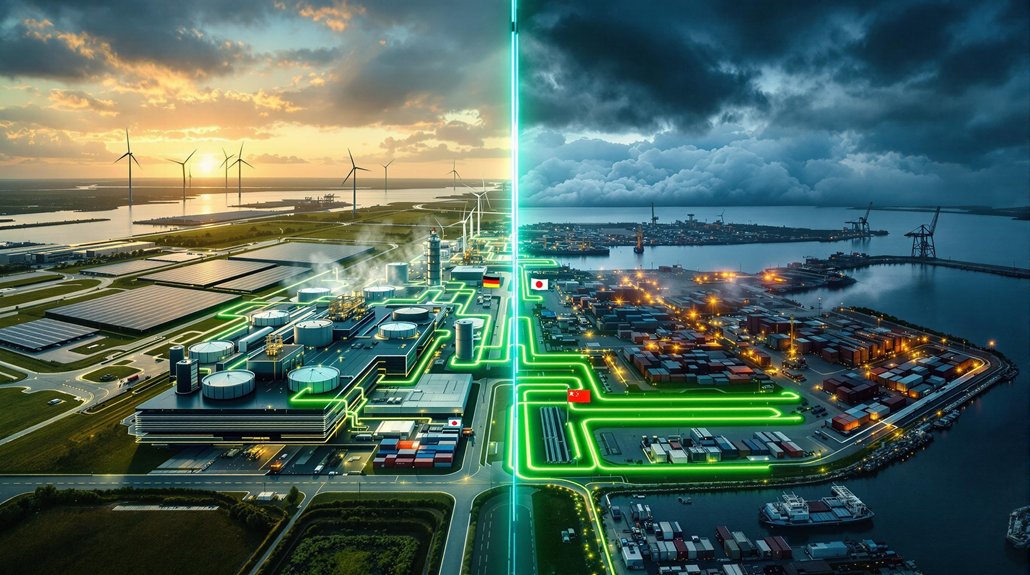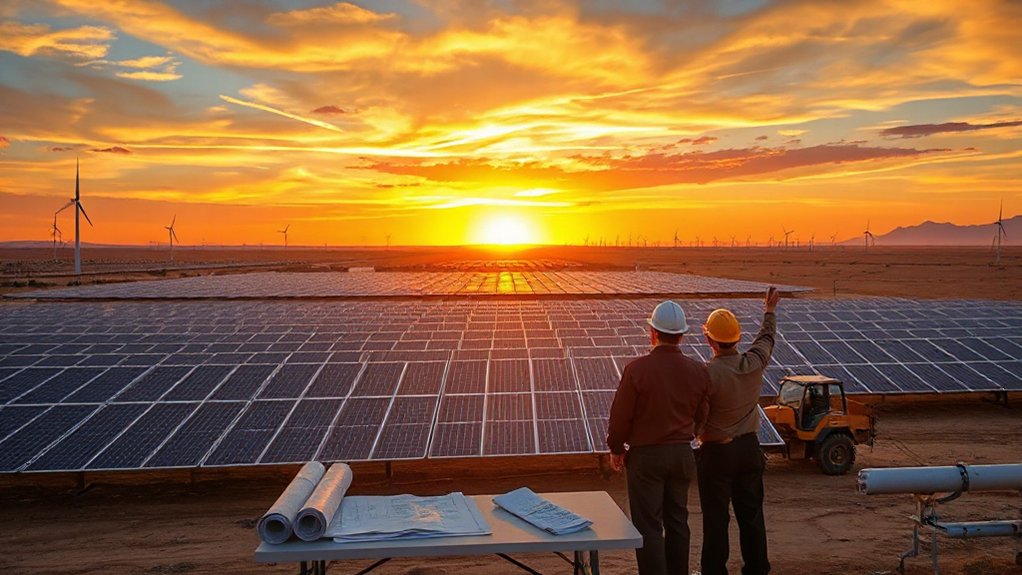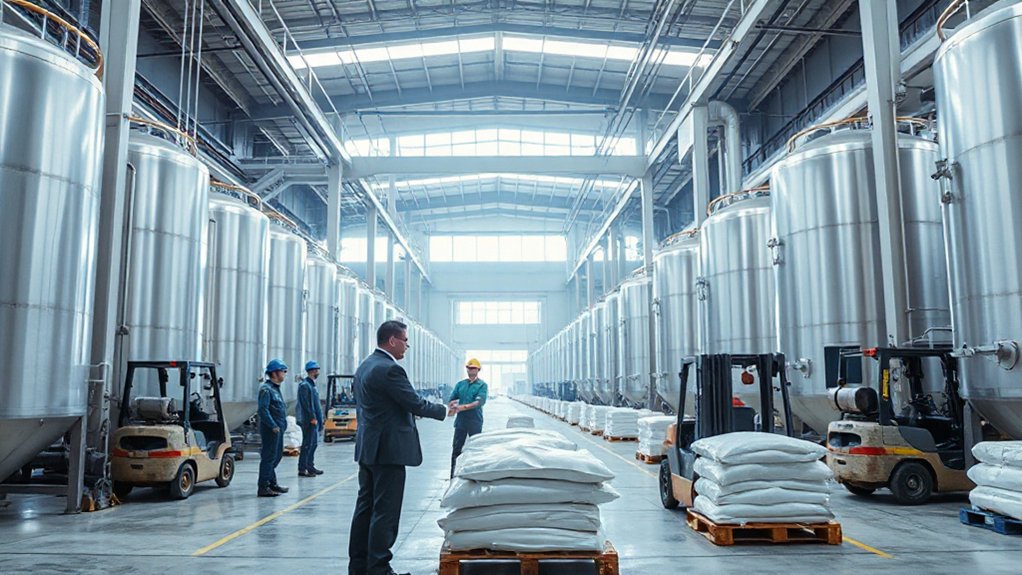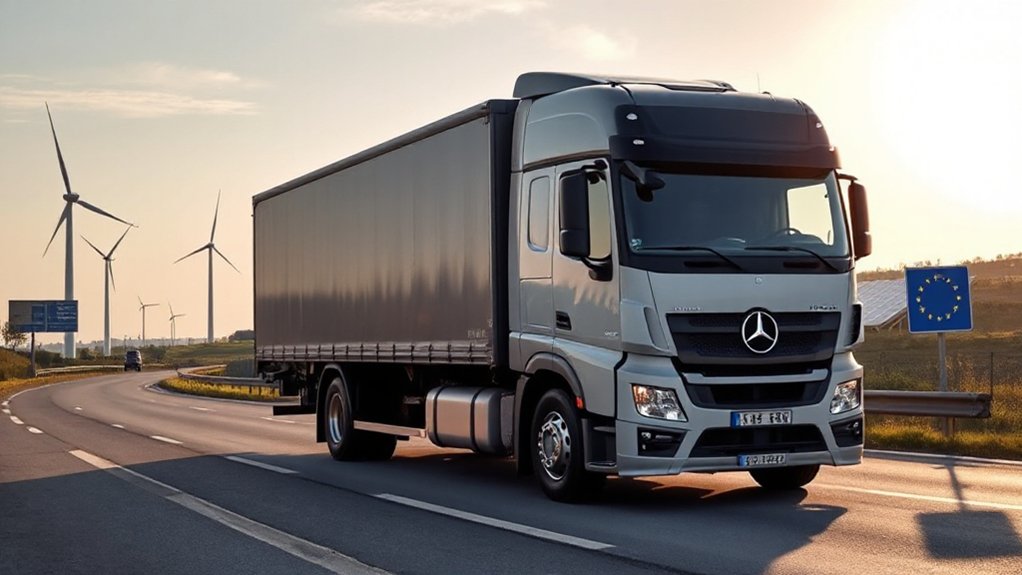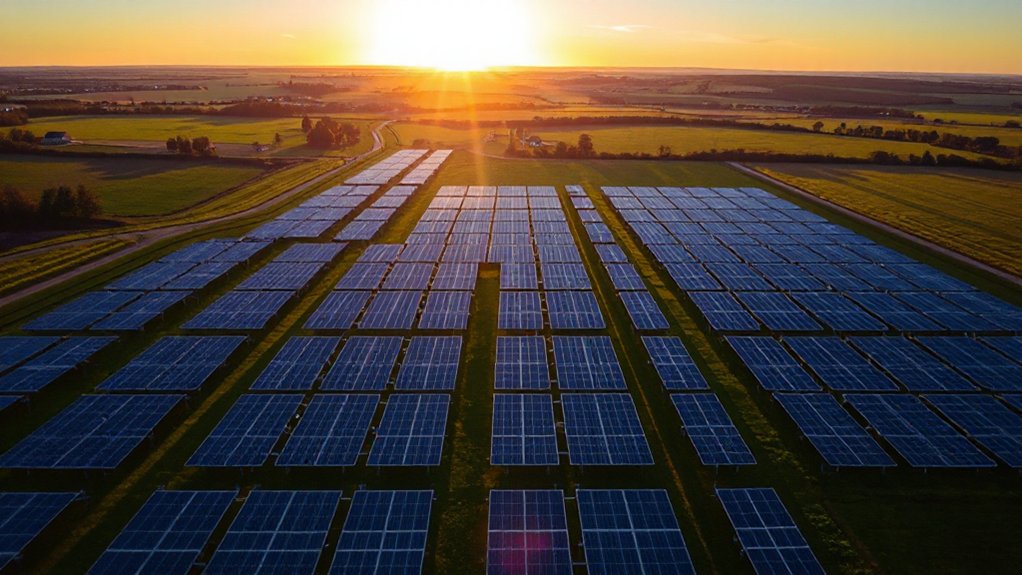MIT engineers just figured out how to turn trash into fuel. They’re using old soda cans and seawater to create hydrogen gas, and yes, they throw coffee grounds into the mix because apparently caffeine makes everything work faster. Even chemical reactions need their morning jolt.
The process sounds almost too simple to be true. Take aluminum from recycled cans, treat it with some fancy metal alloys, then dump it in seawater. The aluminum reacts with the water and releases hydrogen gas. That’s it. That’s the breakthrough that could transform how we think about clean energy.
Aluminum cans plus seawater equals hydrogen fuel. Sometimes the best solutions are stupidly simple.
Here’s the problem with aluminum: it naturally forms a protective oxide layer that blocks reactions. MIT’s team solved this by using gallium and indium alloys to strip away that pesky coating. Smart move. Even smarter? The seawater actually recovers these expensive alloys after the reaction, so they can be reused. Talk about getting your money’s worth.
The numbers are what really matter here. Traditional hydrogen production from fossil fuels pumps out 11 kilograms of CO₂ for every kilogram of hydrogen. This soda can method? Just 1.45 kilograms. That’s an 87% reduction in emissions. Not too shabby for something made from literal garbage.
In lab tests, treated aluminum pellets dropped into filtered seawater produced 400 milliliters of hydrogen in five minutes. Add some coffee grounds, and the reaction speeds up considerably. Scientists published their findings in Cell Reports Physical Science, because peer review matters when you’re claiming to innovate energy production. The reaction also produces boehmite, a valuable semiconductor material that can be sold to help offset production costs.
The beauty of this system lies in its simplicity and circularity. Recycled cans reduce waste. Seawater is everywhere. Coffee grounds are trash anyway. The rare metal alloys get recovered and reused. It’s a closed-loop system that actually makes sense. MIT’s team is already building small reactors with 40 pounds of aluminum pellets that could power underwater gliders for an entire month.
Sure, scaling this up to commercial levels will take work. Alloy recovery needs to be more efficient. Material costs need monitoring. But the potential is obvious. We’re drowning in aluminum waste and surrounded by oceans. Maybe those discarded soda cans aren’t trash after all. Maybe they’re tiny fuel tanks waiting to happen.
References
- https://news.mit.edu/2024/recipe-for-zero-emissions-fuel-with-cans-seawater-caffeine-0725
- https://www.rinnovabili.net/tech-innovations-and-startups/energy-tech-innovations-and-startups/produce-hydrogen-from-seawater-aluminum-caffeine/
- https://edpublica.com/index.php/2025/06/04/seawater-and-soda-can-hydrogen-breakthrough-could-slash-emissions-and-fuel-the-future/
- https://www.extremetech.com/energy/mit-engineers-create-hydrogen-fuel-from-soda-cans-seawater-and-caffeine
- https://eepower.com/tech-insights/hydrogen-buzz-soda-cans-saltwater-and-coffee/
